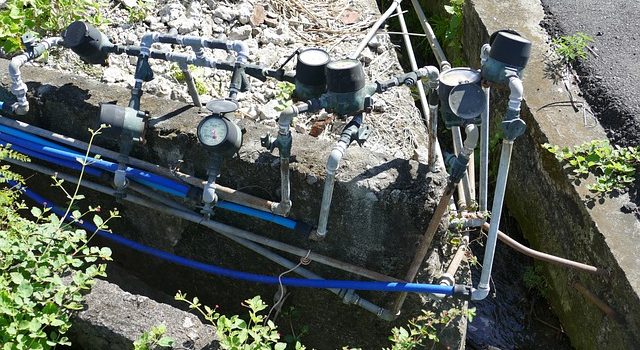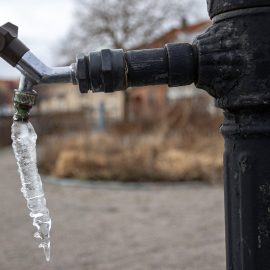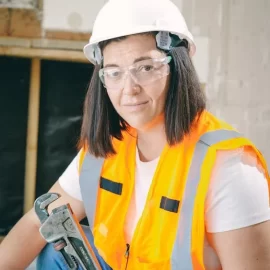
Is your plumbing system experiencing a leak problem, and you’ve called a plumber? He told you that you would have to proceed with pipelining. Yet, this term is still foreign to you. Although you are not an expert in this field, it is recommended that you learn about this technique. In this article, we will provide details about pipelining.
What is pipelining?
When the pipe is damaged or has defects, it must be repaired as soon as possible to avoid water waste or bad drainage. Corrosion, abrasion, subsidence, residues such as tree roots and food crumbs, or defective joints can cause the pipe system to malfunction.
Pipelining consists of repairing the interior of the pipes using a mixture of resin and textile liner. This process is called non-destructive because it does not require significant work. It is carried out on non-visitable pipes from 15 to 125 cm in diameter.
The flexible textile liner, coated with hardening resin (polyester, vinyl ester, or epoxy), is inserted inside the pipe. This is a plating of resin against the walls of the existing pipe. The resin in the liner is dried by steam and hardened, which rehabilitates the pipe.
Overall, the liner ensures that the pipe is watertight and eliminates contact between the water and the pipe material (e.g., lead).
What Are the Advantages of Pipelining?
When a pipe leaks, the plumber prefers to use a pipe liner. Instead of doing major repair work that often involves dismantling and digging up the soil, it is better to use this technique. Both simple and easy to implement, the lining is the most suitable when the pipe is difficult to access, making it impossible to remove. In this process, no pipe replacement is required.
Compared to other pipe repair techniques, the lining is less expensive. In addition, the work does not involve digging a trench.
Other advantages:
A technique adapted to all types of damage and all kinds of pipes;
Rapid restoration of large pipes in a single operation;
The longevity of the rendering (the liner can last up to 50 years);
Less reduction of the pipe section;
Reduced environmental impact.
The Stages of a Pipe Lining Operation
Before starting the operation, the plumber first performs a high-pressure cleaning of the pipe to be repaired. He also makes sure that the power supply is cut off. Then, using an endoscopic camera, he will inspect the general condition of the inside of the pipe to determine precisely the length to be treated.
The lining itself consists of two steps:
Impregnation: the textile sheath (fiberglass or felt) to be placed against the leaking wall is impregnated with a resin. Then, it is placed in the pipe by traction or inversion. The resin liner is then held in place with a sleeve.
Polymerization: using electrical resistance, steam, UV rays, or hot water circulation, the professional carries out the polymerization of the resin. This operation consists in hardening the resin. After that, the pipe becomes like new again. All the defects that were there before are no longer visible.
When the work is completed, the plumber checks the pipe for leaks. He will then perform a camera inspection and reopen the water supply.
How Much Does a Pipe Lining Cost?
Professionals estimate the cost according to the diameter and length of the pipe, the number of connections and the liner used. Generally, the price is 80 euros per linear meter for a 20 cm pipe and 100 euros per connection.




Thanks for also explaining how the the polymerization process is done when getting pipe lining services. I’m interested in looking for a good service like that because I want to get some maintenance for my home’s underground plumbing. There seems to be a leak there considering the spike in my water bills lately.